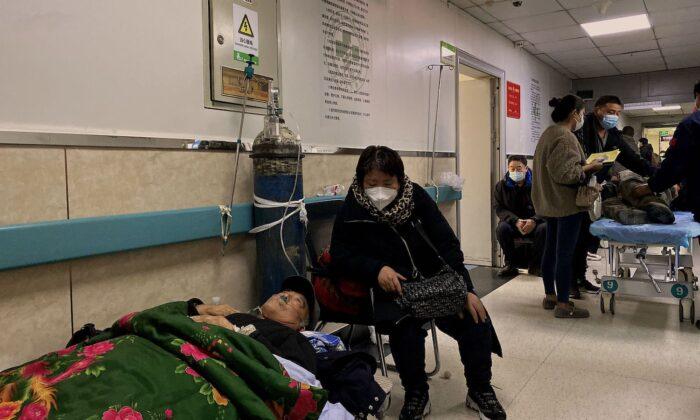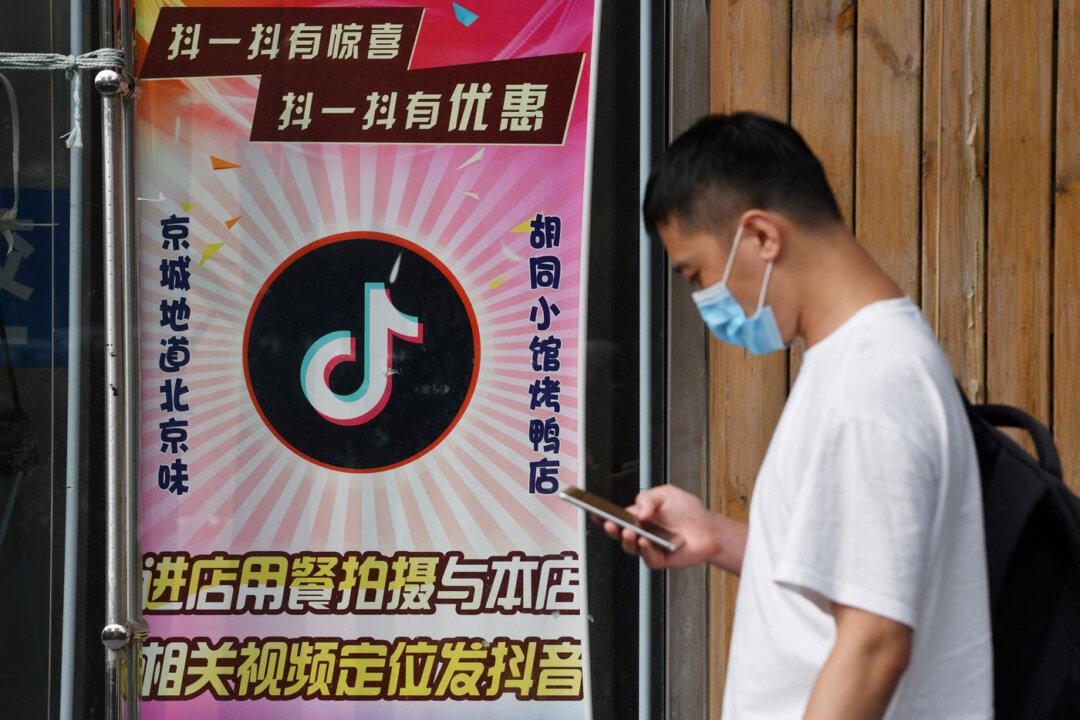China’s population fell last year for the first time since the 1960s, according to Chinese officials, because of fewer births and an increase in deaths, strengthening fears about a long-term economic decline.
The decline, by roughly 850,000 people to a total of 1.41175 billion in 2022, according to the country’s National Bureau of Statistics (NBS), is the first drop officially reported by China since 1961—the last year of the country’s Great Famine.
The number of Chinese women classified as being of childbearing age—between 25 and 35— declined by roughly 4 million.
The NBS also reported that there were 9.56 million births in 2022, down from 10.62 million a year earlier. Births last year came in at the lowest rate on record, falling to 6.77 per 1,000 individuals from 7.52 per 1,000 in 2021.
Meanwhile, deaths rose from 10.14 million in 2021 to 10.41 in 2022, data show. The rate, which rose to the highest since 1974, hit 7.37 per 1,000 people in 2022. China recorded 9.93 million deaths in pre-pandemic 2018.
The gender ratio remained skewed in 2022, with 722.06 million males and 689.69 million females, meaning that there were 1.05 men for each woman in the country.
Demographic and Economic Crises
A falling, aging population can negatively affect a country’s economy. Some experts expect China’s economic crisis to be worse than what occurred in Japan in the 1990s. Japan’s shrinking population has been blamed for years of low growth.China’s population data release came as Beijing announced that the country’s gross domestic product grew just 3 percent in 2022, down from 8.1 percent in 2021.
The blame for the declining population falls mainly on the Chinese Communist Party’s (CCP) decadeslong one-child policy that was imposed in 1979. The Chinese regime resorted to forced sterilization and abortion to enforce the rule, which was lifted in 2016.
In recent years, China’s Total Fertility Rate (TFR), which is defined as the rate at which the population exactly replaces itself, is estimated to have fallen below 1.3, while in 1992, the rate fell below 2.1. The TFR must be above 2.1 for population growth to remain constant.
COVID-19 Impact
It’s unclear how much the 2022 population figures were affected by COVID-19 deaths. While China officially has declared a small number of deaths, the regime has been accused of furnishing false data and underreporting such numbers.China has reported less than 5,300 COVID-19 deaths in total, according to Worldometer, which tracks such data. The World Health Organization (WHO), which says Chinese authorities have underreported deaths, puts total cumulative COVID-19 deaths in China at 34,028 as of Jan. 16.
In recent months, the virus has been spreading with greater intensity in China, with funeral homes across the country seeing higher activity than normal.





